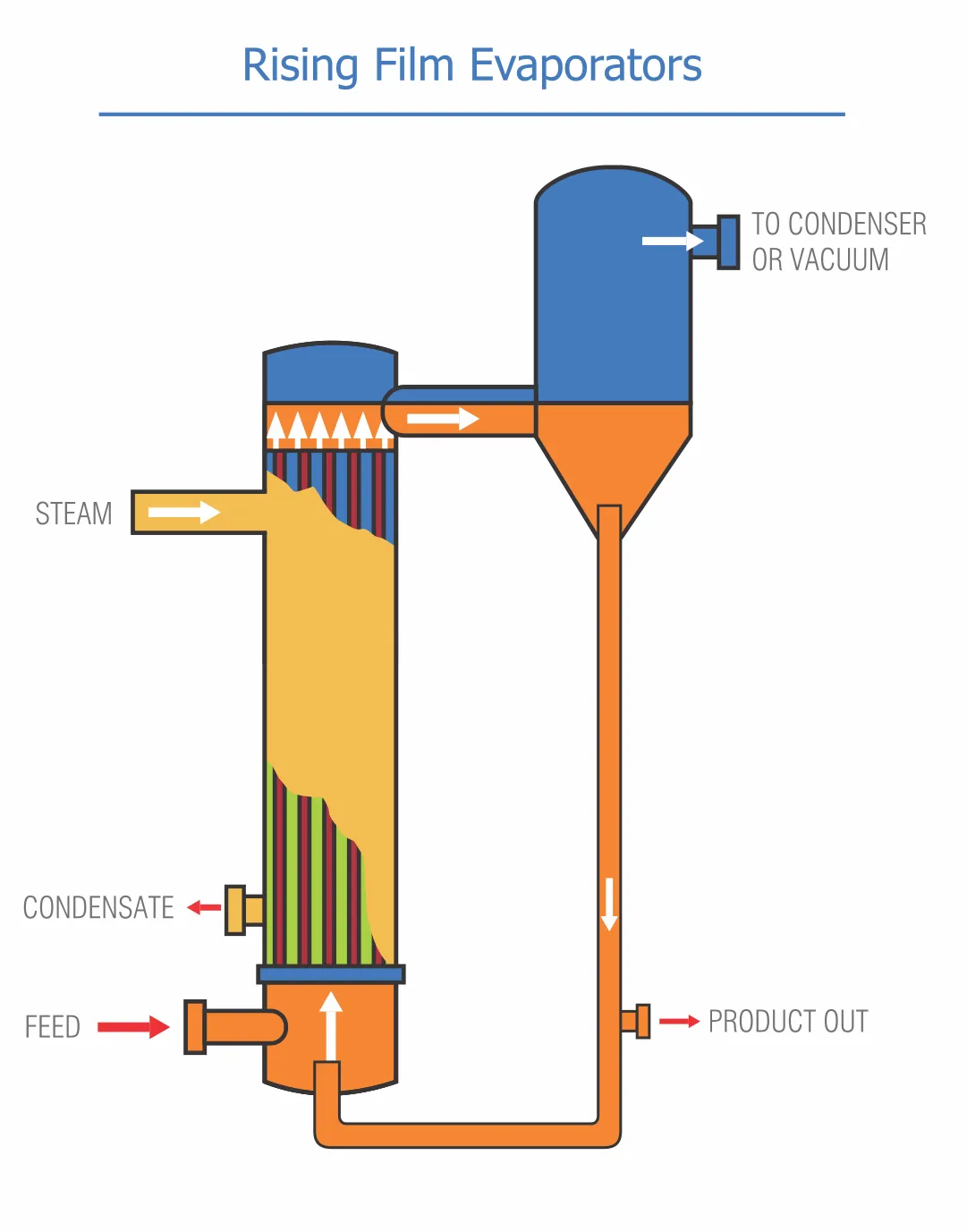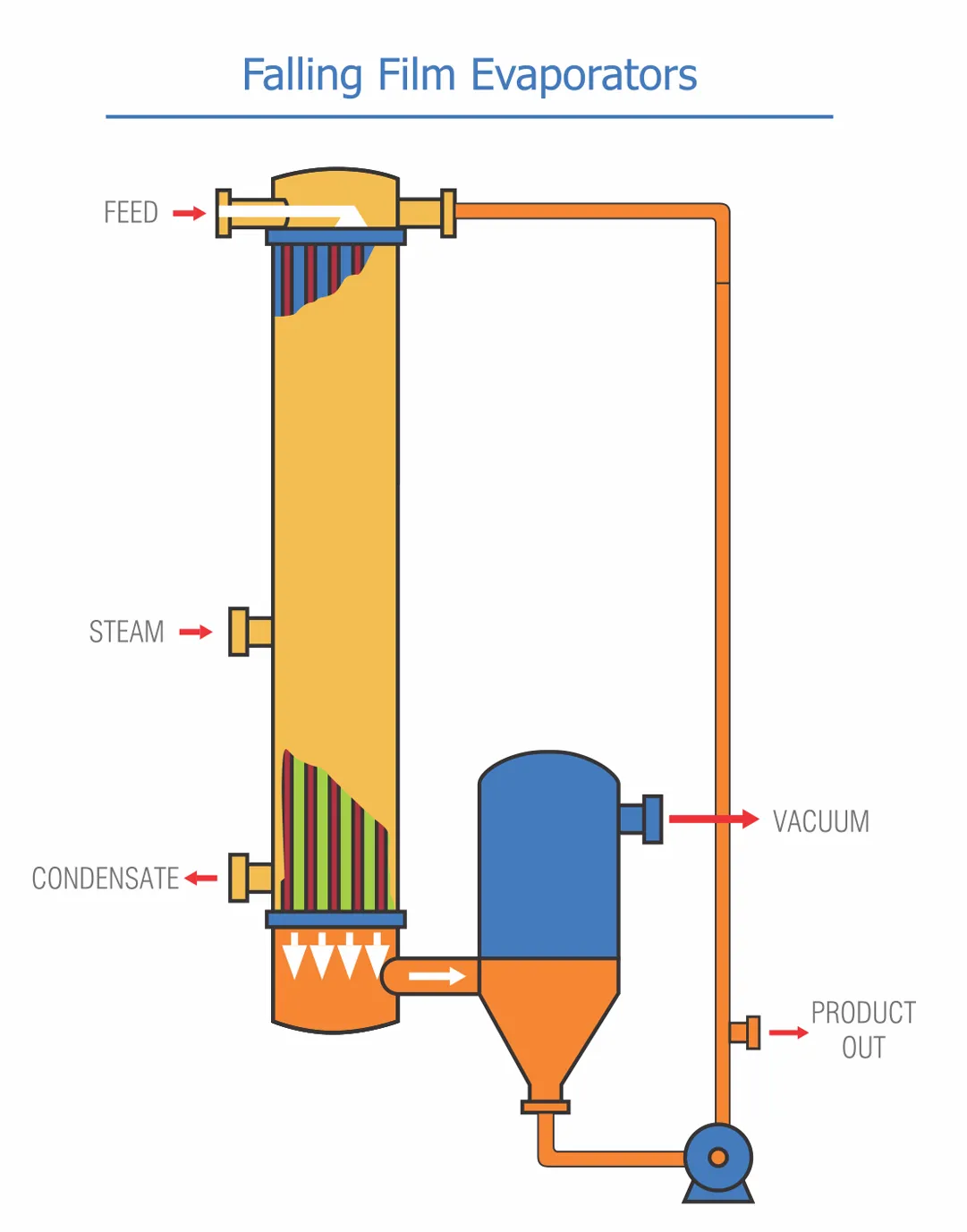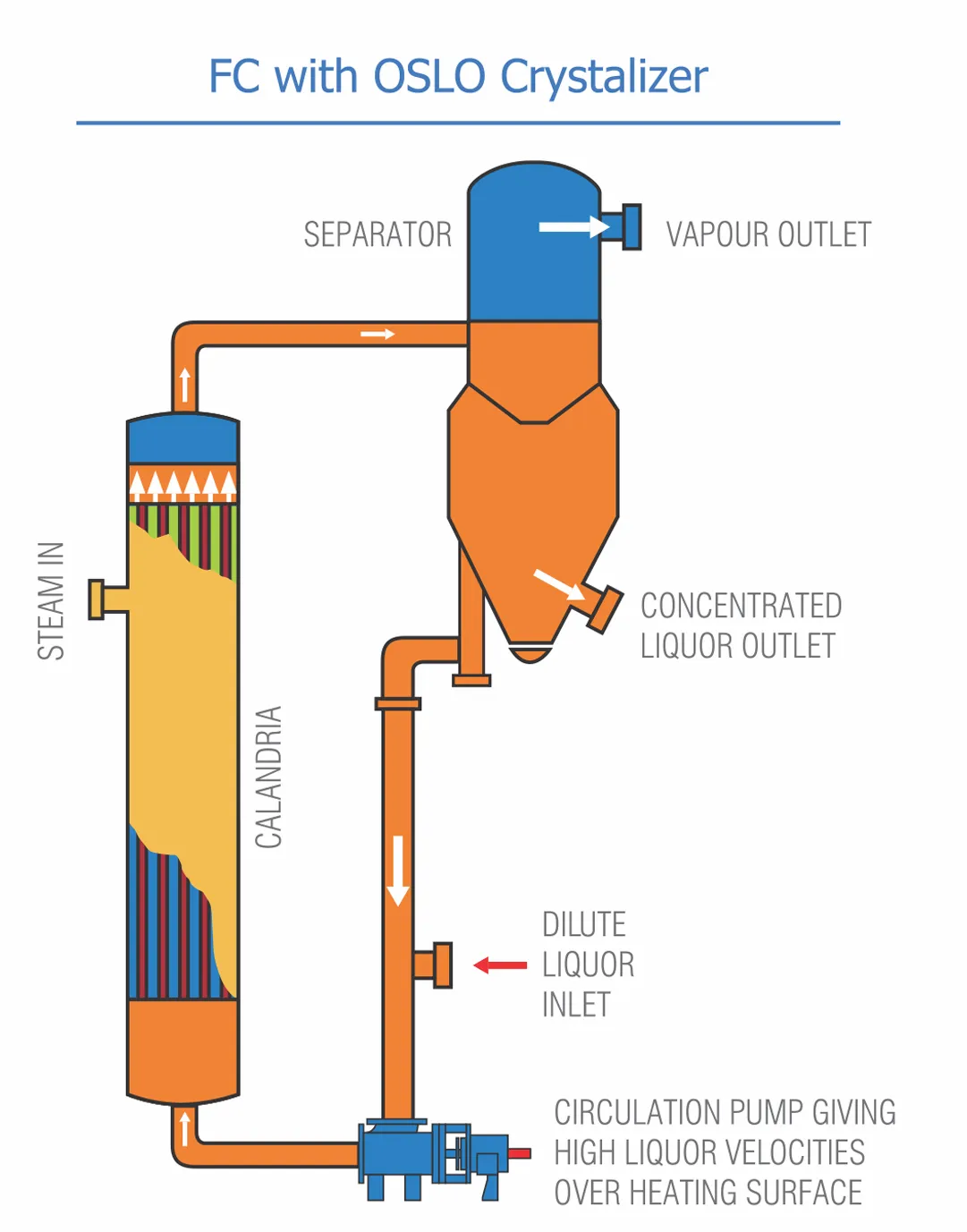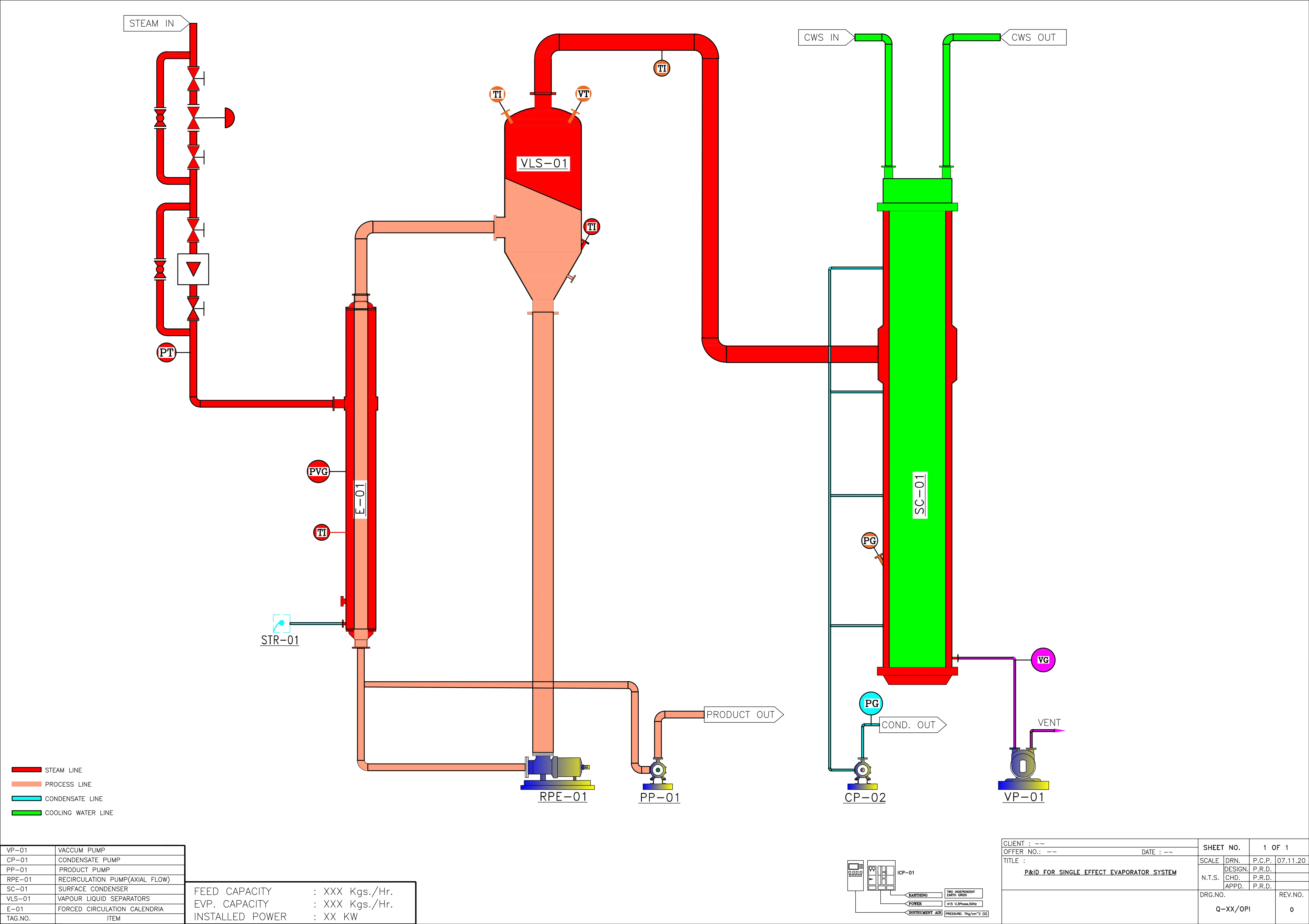You've come to the right place if you're looking for a Multiple Effect Evaporators Manufacturer company in Ahmedabad. We are a reputable manufacturer, exporter and supplier of Multiple Effect Evaporators (MEE) in India , and we provide our extensive selection of multiple effect evaporators for a variety of industries, including those in the food and dairy, pharmaceutical, textile, agrochemical, automotive, dyeing, herbal, pulp and paper, liquid and chemical, and other such diverse fields.
Pinakin Technology Solutions offers the best solutions in evaporation and drying technology at competitive prices all over the globe. We have demonstrated our capability in a short amount of time by expanding into many industrial areas.
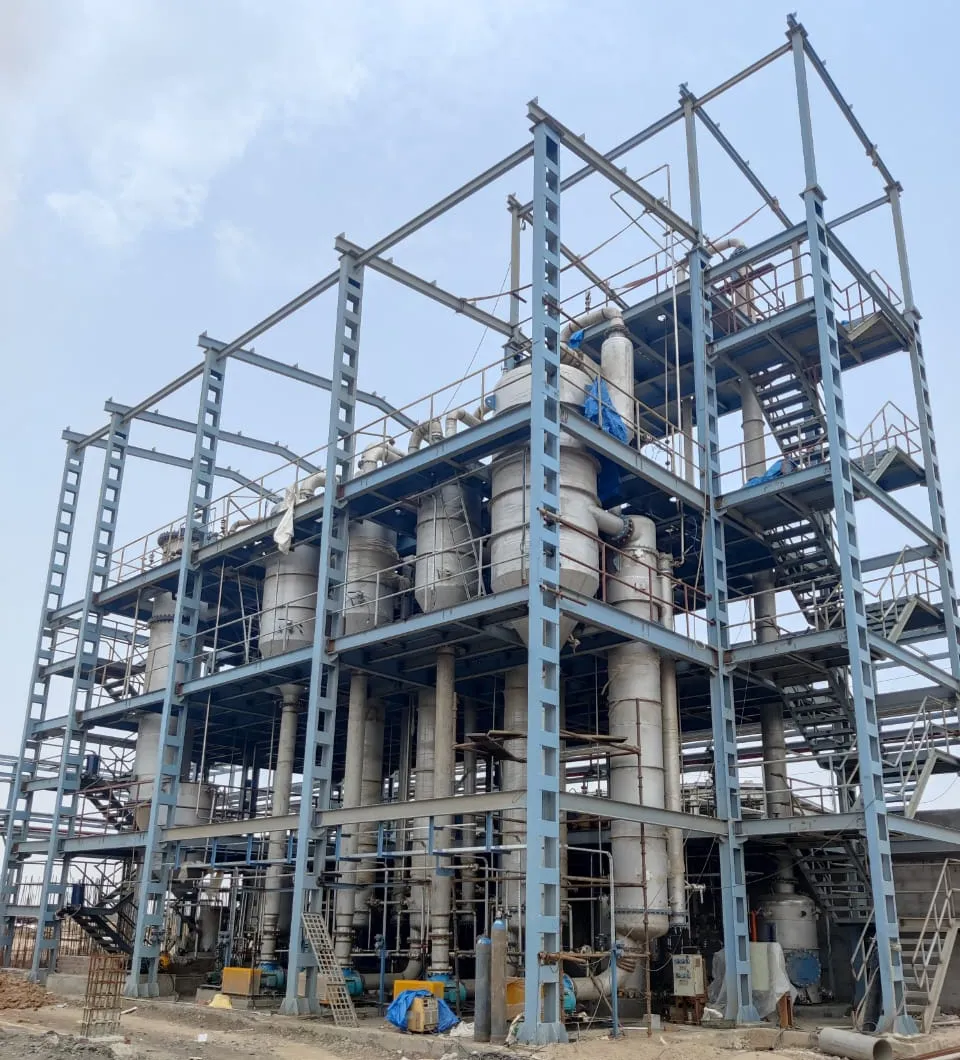
We are considered as leading MEE Plant Consultants in Gujarat. We are always working to provide a wide selection of Multi-Effect Evaporators (MEE) and offer several effect evaporation concentration unit systems, reducing the amount of energy needed to power the entire system. This may be accomplished by utilizing MVR (Mechanical Vapor Recompressor) and TVR (Thermo Vapor Recompressor). Up to seven impacts can be effectively evaporated using our efficient technique.
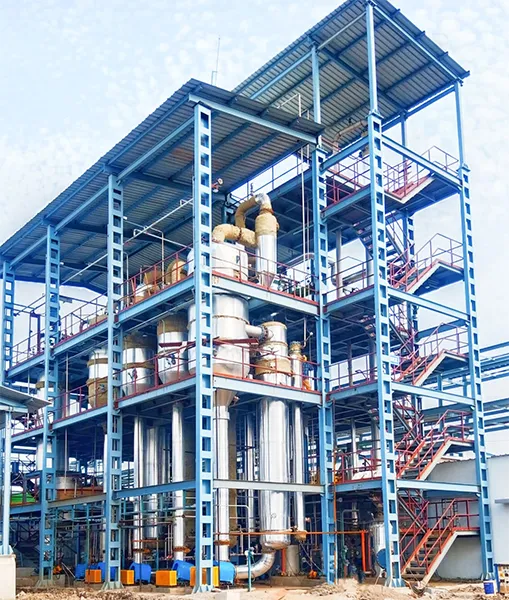
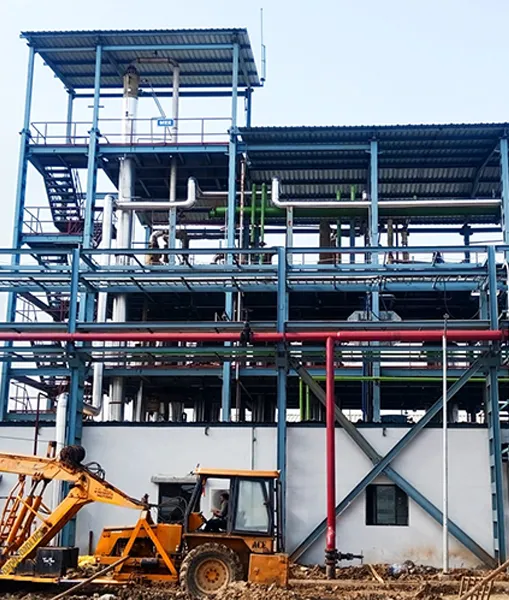
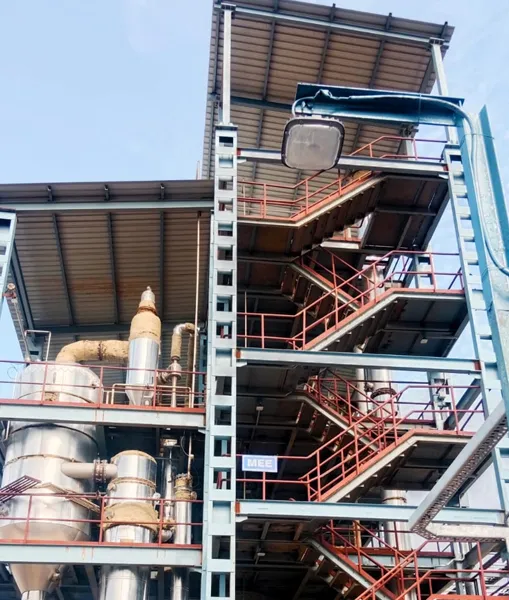
We have earned a reputation as a reputable supplier and exporter of multiple effect evaporator plant by adopting a client-based strategy. They are a crucial component of processing businesses. We are also a top provider of Multiple Effect evaporators, and we only offer products that meet strict industry requirements by being made with the highest-quality raw materials. This equipment is put through a number of tests before being supplied as MEE. Customers may choose from a variety of parameters for our line of Multiple Effect Evaporators to suit their needs. At Pinakin Technology Solution, we value providing clients with services that are on time and within their financial means. Customers may choose from a variety of parameters for our line of Multiple Effect Evaporators to meet their necessities.
